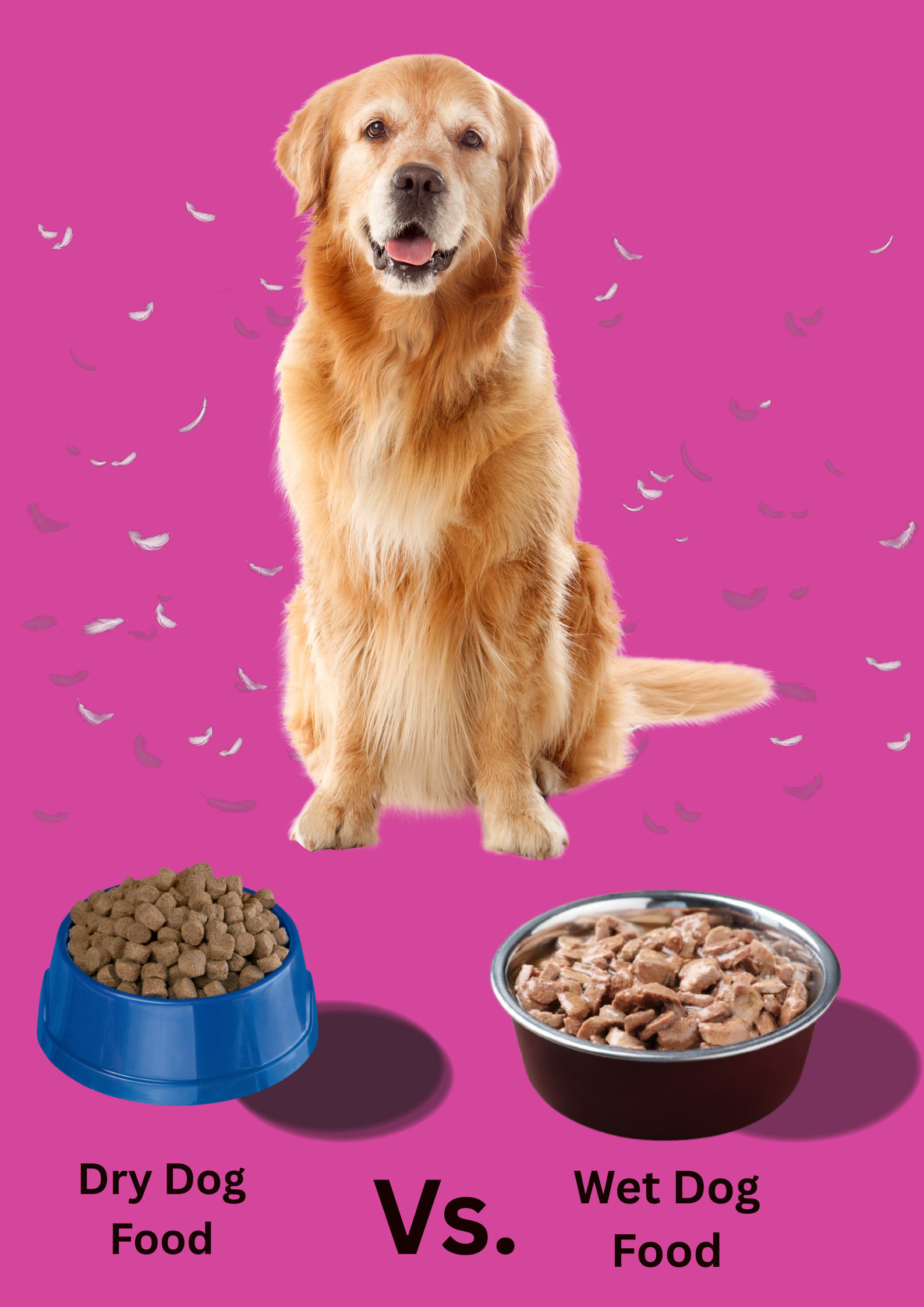When feeding a dog, it is logical to be confused about which choice is best: dry dog food or wet dog food? Even the most experienced pet parents wonder what to give their pet because there are already so many varieties available in the market.
Dry vs. wet dog food: which is best? is often the most clicking question in the minds of the feeders! Is it also the fact that filling your dog’s empty stomach is easy, but providing them with the nutritional value they need is difficult? Although it depends upon the dog’s preferences, which one do they choose: dry dog food, wet dog food, or both? Suppose he loves dry food most, but everything in excess is also harmful. Here, first taking a veterinarian’s advice to have a proper insight is a smart choice. This blog will try to clarify everything about wet and dry dog food and how you can easily balance the portions of both.
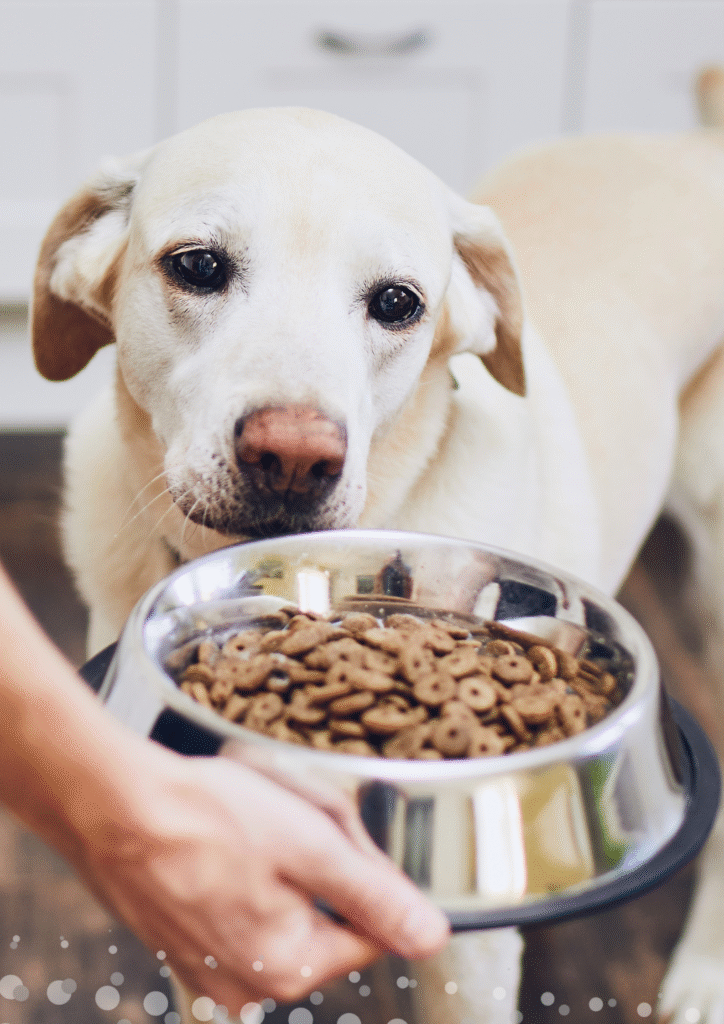
What is wet dog food?
Wet dog food generally has a mushy consistency because it contains 70% moisture. Wet dog foods are made from high-quality ingredients such as chicken, liver chunks, and lamb. They are often tastier because of their savory smells and textures. They have 40% higher protein and lower carbohydrates than dry food. And they often come in cans or small, one-time-use packets.
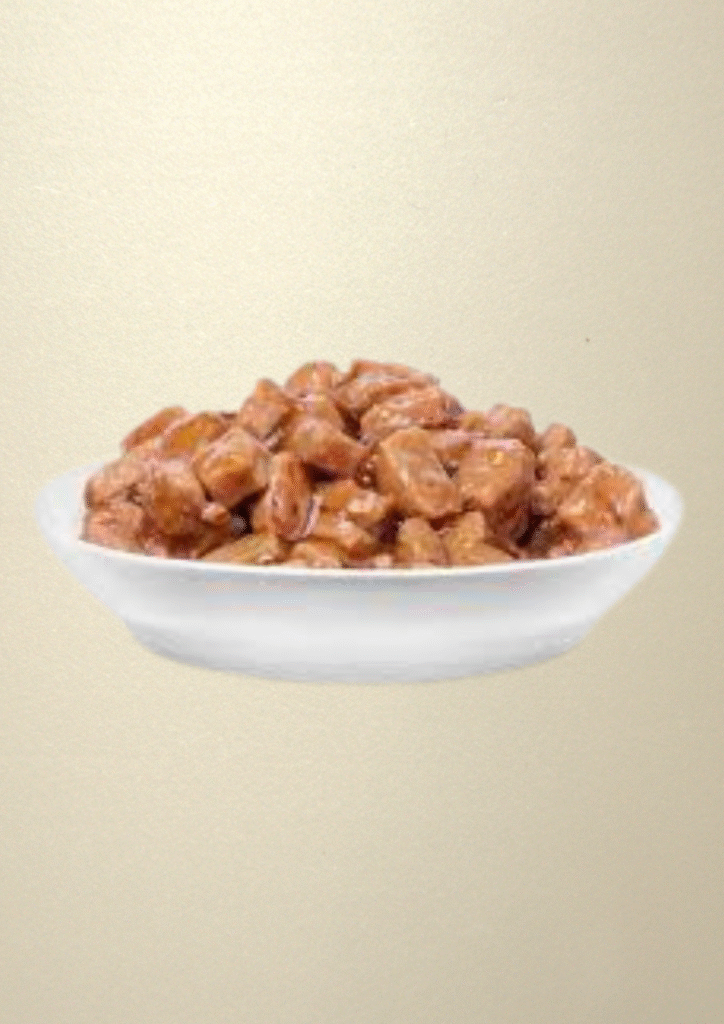
How is wet dog food processed?
First, pre-grinding of the cereals, proteins, and legumes is done in equal quantities; then a mixture of vitamins, minerals, and additives is added, and the whole content is further minced to obtain a proper uniform texture. Then the product is carefully cooked, and at the same time, a sauce or jelly that contains vegetables is added to make the rich flavor. The food is then packed in the right portions, and finally, the product is sterilized to ensure optimal preservation.
Benefits of wet dog food
When comparing dry vs wet dog food, many pet parents find wet food to be a better option for dogs. Here are the key benefits of wet dog food:
1. More moisture content
Wet dog food is an ideal choice in summer or for dogs who do not drink much water. To keep them hydrated, wet food is the best option, as it contains 70% moisture and also benefits dogs with a history of kidney, liver, and dental diseases.
2. Taste
Dogs are naturally attracted to the aroma or flavor of gravy food. They are made from a variety of contents, improve the palatability for picky eaters, have high protein values, and are easier to digest.
3. Gratification
Canned dog food tends to create a long-lasting feeling of satiety. Even a small portion promotes fullness at a time. This helps in weight management and also in dogs that have a never-ending appetite.
4. Easier to chew
Wet dog food is good for dogs with sensitive teeth or any dental diseases. It is easy to chew and effortless to gulp the food.
5. More appetizing
Wet food revives the appetite of dogs, especially older dogs, via its strong aroma and taste.
What is dry dog food?
Kibble dry dog food has 4-12% water content. They are made up of vegetables, meat, chicken, and grains that are packed after being prepared and properly dried by machines. Kibbles come in reusable big boxes and small packets; that’s why they have a long shelf life.
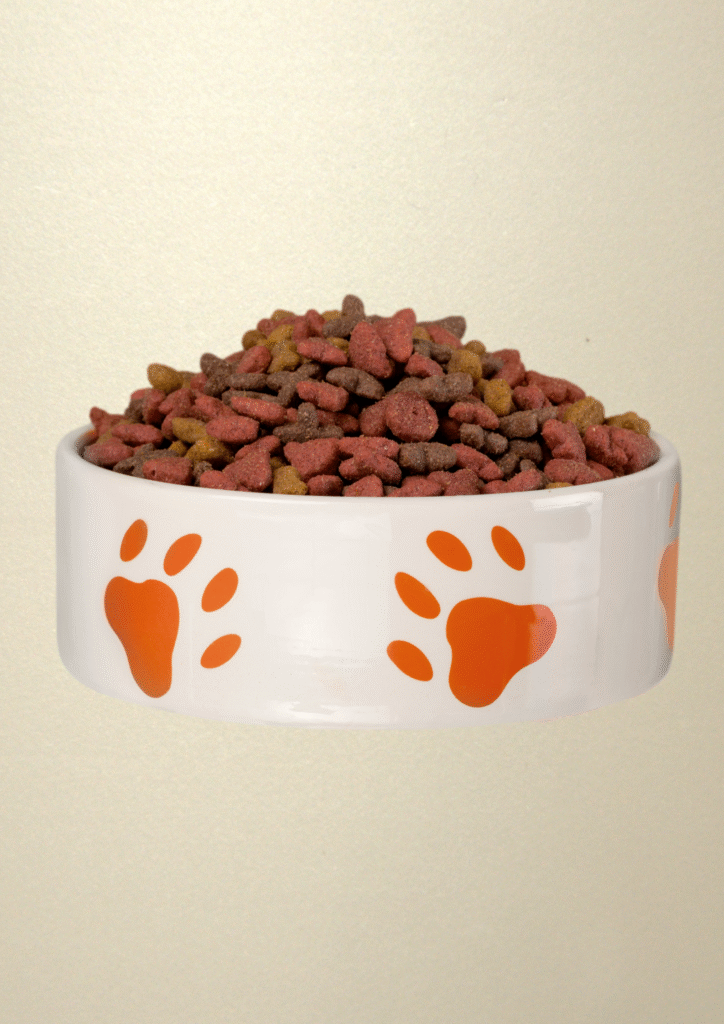
How is dry food processed?
First, the vegetables, minerals, protein, grains, cereals, and additives are ground together to make a fine powder, and then the water is added to make a dough. The next step is preparation, where they steam the dough and mix the digest, like chicken and liver, and blend it with the final product. The dough is then cooked and pressurized through an extrusion machine to make small pellets called kibbles. Then the kibbles are dried in an oven and sprayed with fats and other palatable ingredients to improve the taste before being cooled and packed in large- or small-sized packets.
Benefits of dry dog food
On dry vs. wet dog food, Owners prefer dry dog food over wet dog food because it is less messy and a convenient option. Here are the key benefits of dry dog food:
1. Prevent dental diseases
Dry dog food prevents dental diseases and tartar buildup because it encourages the dog to chew its food before gulping.
2. Convenience
Dry dog food is more convenient than wet dog food. It is easy to integrate in puzzles, and it has a long shelf life, as it contains just 4-12% moisture content.
3. No mess
Kibbles are dried; it is easy to finish and clean the bowl with nothing left behind, so you don’t have to deep wash the dog’s utensils. Plus, you can feed it even on the roadside or anywhere you want.
4. Financially viable
As compared to wet dog food, dry dog food is less expensive and comes in greater quantities.
5. Handy
It is easy to carry anywhere, even if the package is already half-opened. You need to just unseal or untuck it and feed the dog wherever you want.
Mixing wet and dry dog food
In the dry vs wet dog food debate, many pet owners often find it easy to combine both together, but the mixing should be in the correct proportion, like you can add 30% of wet food with 70% of dry food. This combination is not only tasty and hydrating, but it also provides a long-lasting feeling of fulfillment and maintains the dental health of your dog.
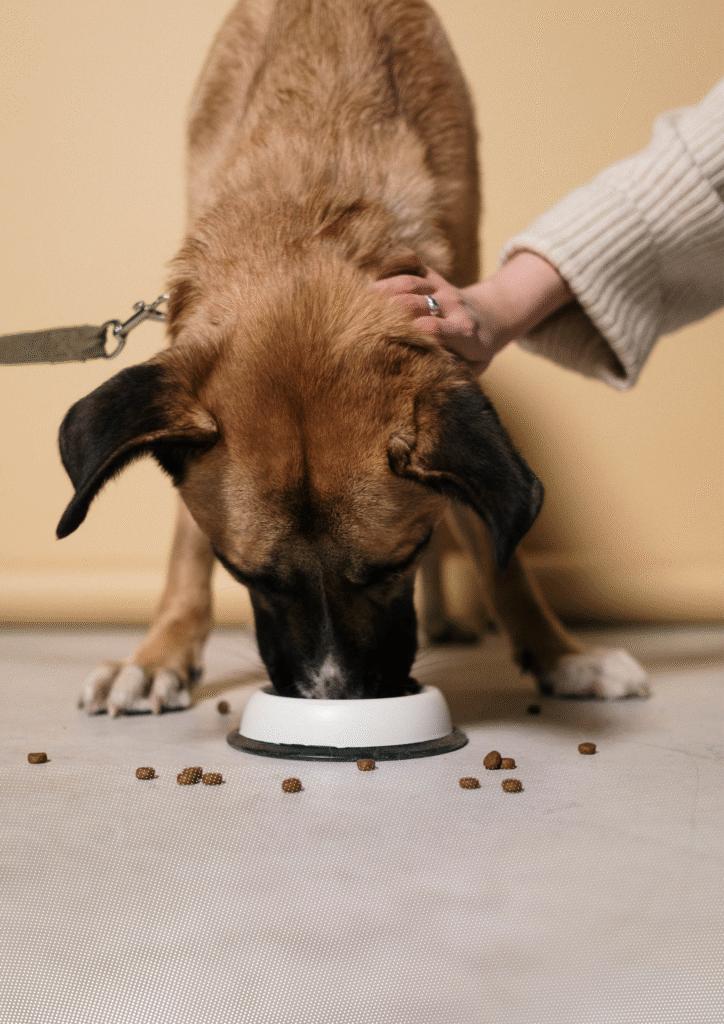
Note: Consulting a vet before mixing wet and dry food is always a smart step.
Dry vs. wet dog food: which is healthier?
In discussions over Dry vs. wet dog food, Veterinarians always said that neither dry nor wet food is universally better. Both provide the same nutritional value to the dog. Dry food impresses with its crunchy texture, affordability, and long shelf life.
Wet food is good at providing hydration, palatable for picky eaters, and easy to chew due to its high moisture content.
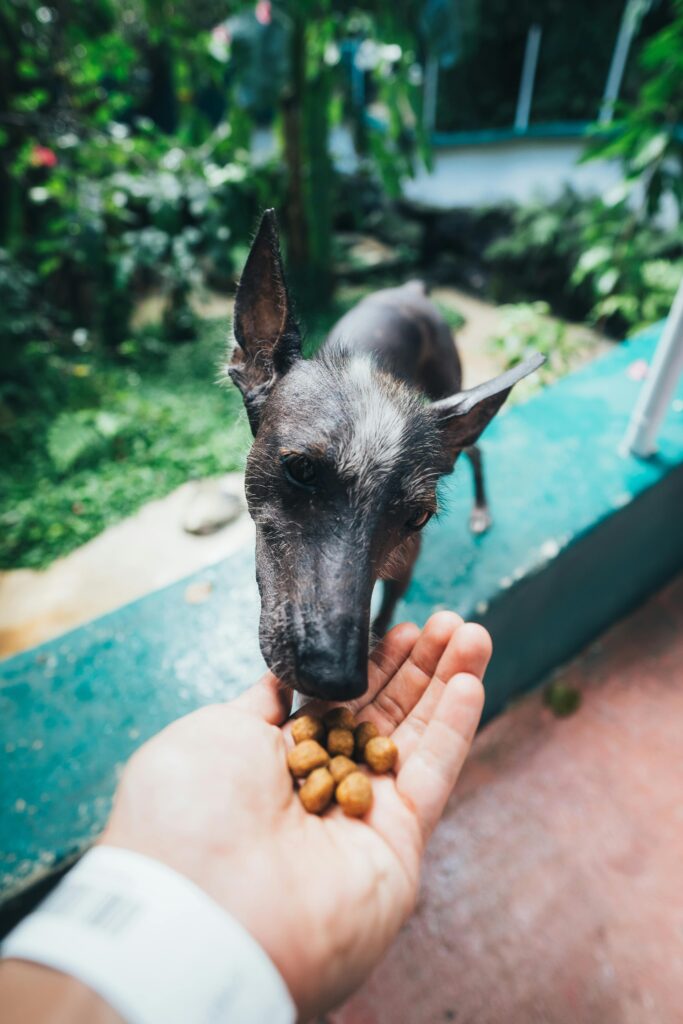
FAQ
1. Should puppies eat wet food or dry food?
Yes, puppies eat both. Many big brands in the market, like Pedigree, Royal Canin, and Drools, have their own formulated puppy wet and dry foods that are highly affordable, have a good shelf life, are easy to store, and are good for sustaining a healthy weight.
2. Is wet or dry food better for dogs with sensitive stomachs?
Wet food is always a better choice for dogs with sensitive stomachs because it has high moisture content, is easy to chew, and provides proper hydration to the dog, whereas dry dog foods that are especially designed for dogs with sensitive stomachs are often recommended by veterinarians.
3. How often should dogs have wet food?
Dogs can have their favorite wet food every day. But it should not be more than two meals a day if your dog is young; otherwise, the feeding frequency often depends upon the dog’s breed, age, and health conditions. It is advised to always consult a doctor before making any personalized feeding plan to ensure your dog consumes the best.
Final words
After all the information gained in this article, it is concluded that when it comes to dry vs. wet dog food, there are no one-size-fits-all answers. Both wet and dry food are good for dogs. Consult a vet before setting the meal plan for your little pooch. It is advised that the food should be fresh and given in proper quantity. Also, don’t ignore your dog’s choice because this is the only thing that makes them come back to their favorite nutritional meals.

